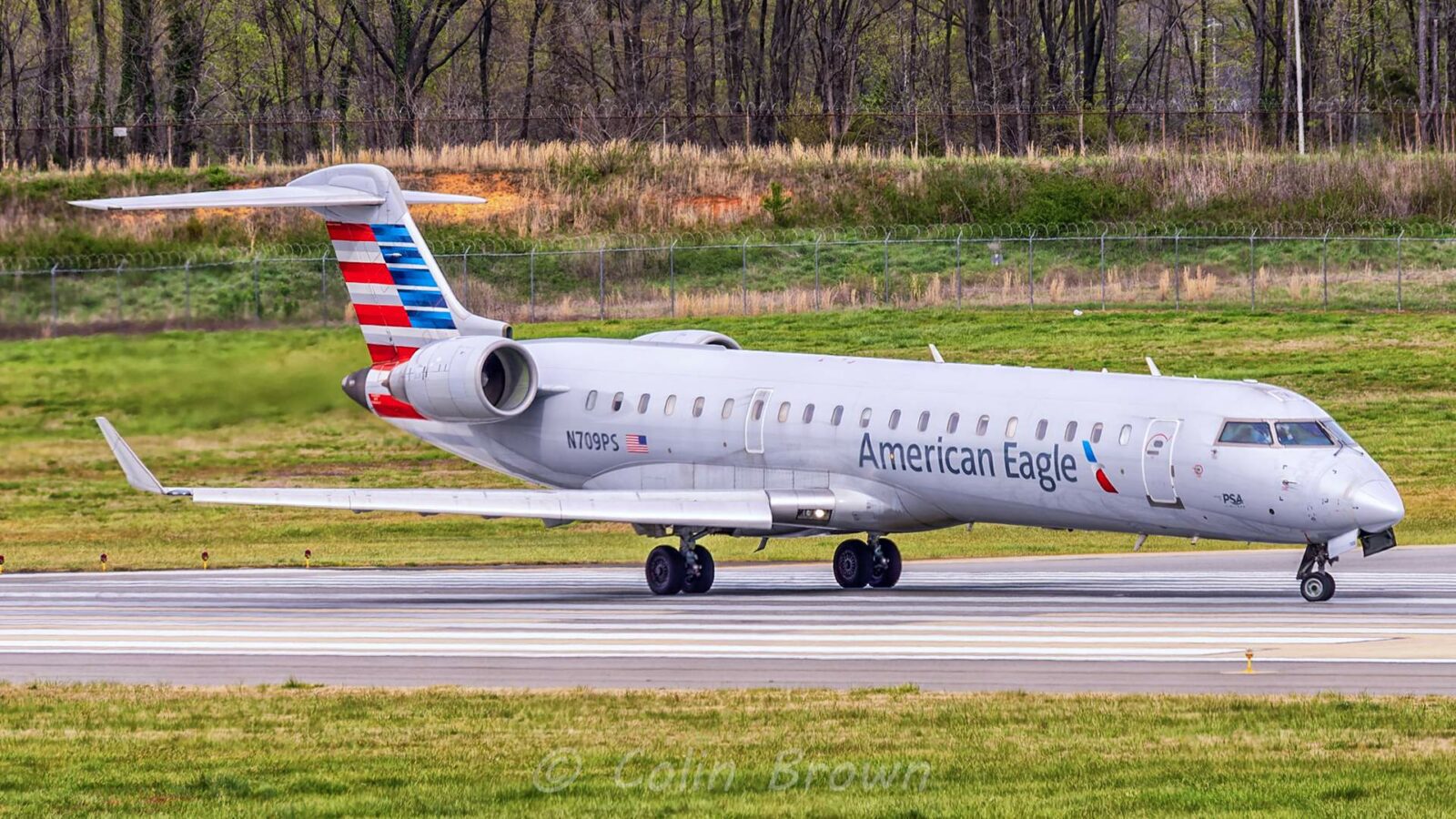The FAA on Friday issued an airworthiness directive, that could relate to a mechanical system involving the Sriwijaya Flight SJ-182 crash, last January.
The Sriwijaya crash involved a passenger flight that had just taken off from Jakarta, Indonesia. It appears that the aircraft had an autothrottle issue that played a role in the crash. Indonesian authorities are now examining information from the newly-discovered cockpit voice recorder (CVR). Its discovery proved difficult, due to the conditions of the sea floor at the crash site.
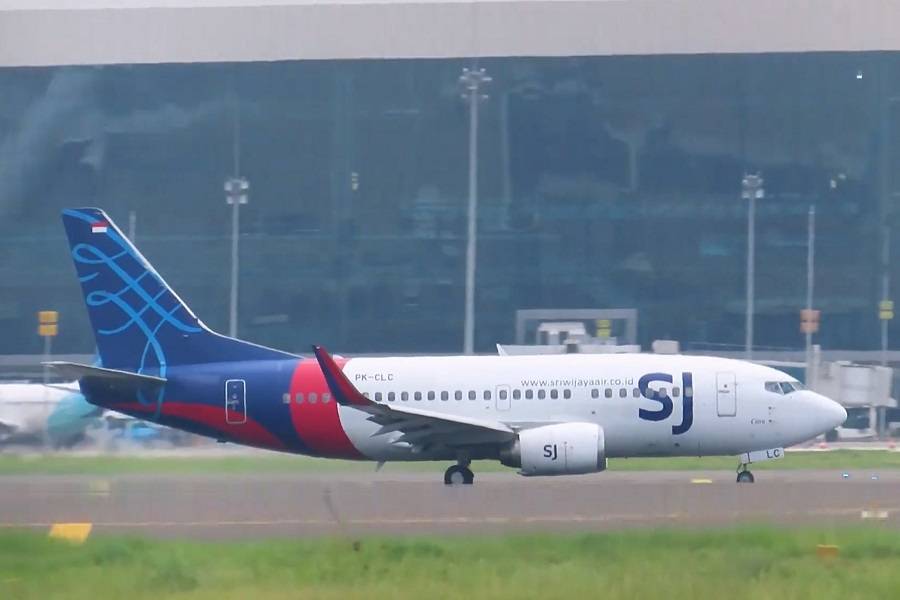
The accident aircraft, registration PK-CLC, had 62 people on board. Until now, most of the attention on the crash centered on the crew, and any possible distractions that affected them. However, the FAA’s airworthiness directive relates to the possible secondary role of a mechanical issue, affecting the aircraft’s autothrottle system.
The FAA airworthiness directive (AD) has to do with an electrical connection between the autothrottle and the flaps. This is the “flap synchro wire”, and the FAA’s AD calls for 737 Classic operators to check the connection of this wire to the autothrottle computer. This is to ensure that the autothrottle system can detect the position of the flaps.
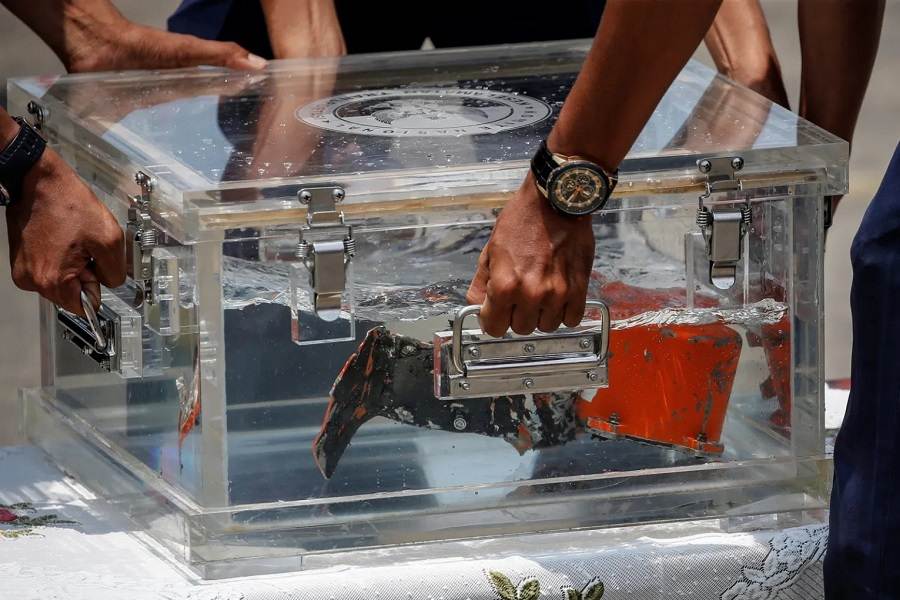
A detection failure could occur with that wire missing AND the throttles at different thrust settings from each other. The latter could happen if there is a separate malfunction. We don’t know at this point if the scenario relating to this FAA airworthiness directive occurred in the Sriwijaya crash.
FAA Airworthiness Directive – Role, Application
The FAA airworthiness directive applies to all 737 Classic models. These are the 737-300, the 737-400 and the 737-500. The latter is the type in the Sriwijaya crash. Of these, the 737-400 is the most popular, with several operating around the world today, mainly as freighters. So the AD does not apply to newer 737NG (737-600/700/800/900) or 737 MAX (737-8/9) aircraft.
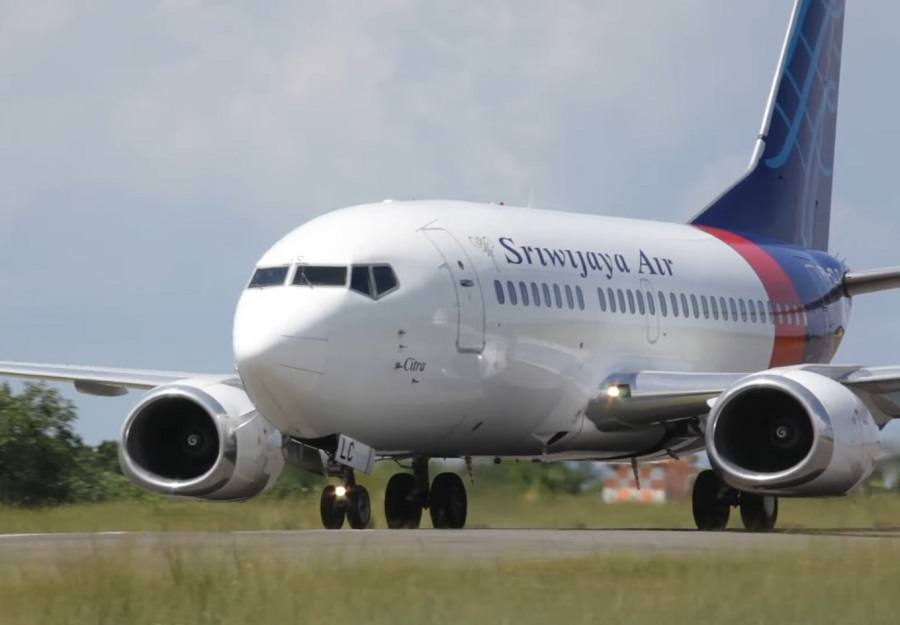
On the 30th of March this year, Boeing sent a message to operators of 737 Classic aircraft. They asked them to perform electronic checks to the autothrottle computer, to verify the connection to the flap synchro wire. This is the same instruction as that in the FAA’s airworthiness directive. However there are some differences in the timing. Both Boeing and the FAA mandate that the first check is done within 250 flight hours.
From there, the instructions diverge. The FAA’s airworthiness directive says that this initial check needs to happen within 250 flight hours OR two months, whichever occurs first. This is to account for aircraft that don’t see a lot of use, especially in the pandemic. Even freighter aircraft that see active use in these times, often don’t fly many hours per day. So this becomes relevant even for them.
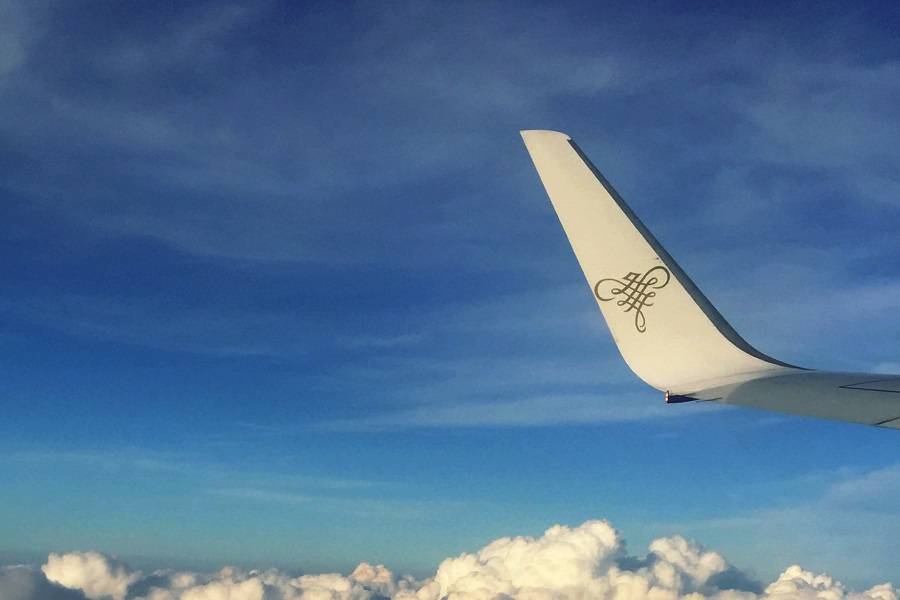
The FAA airworthiness directive also requires follow-up inspections, every 2,000 hours. The administration states that there is no evidence at the moment that the flap synchro wire affected the Sriwijaya crash. However it is a safety concern that aircraft operators ought to attend to.



